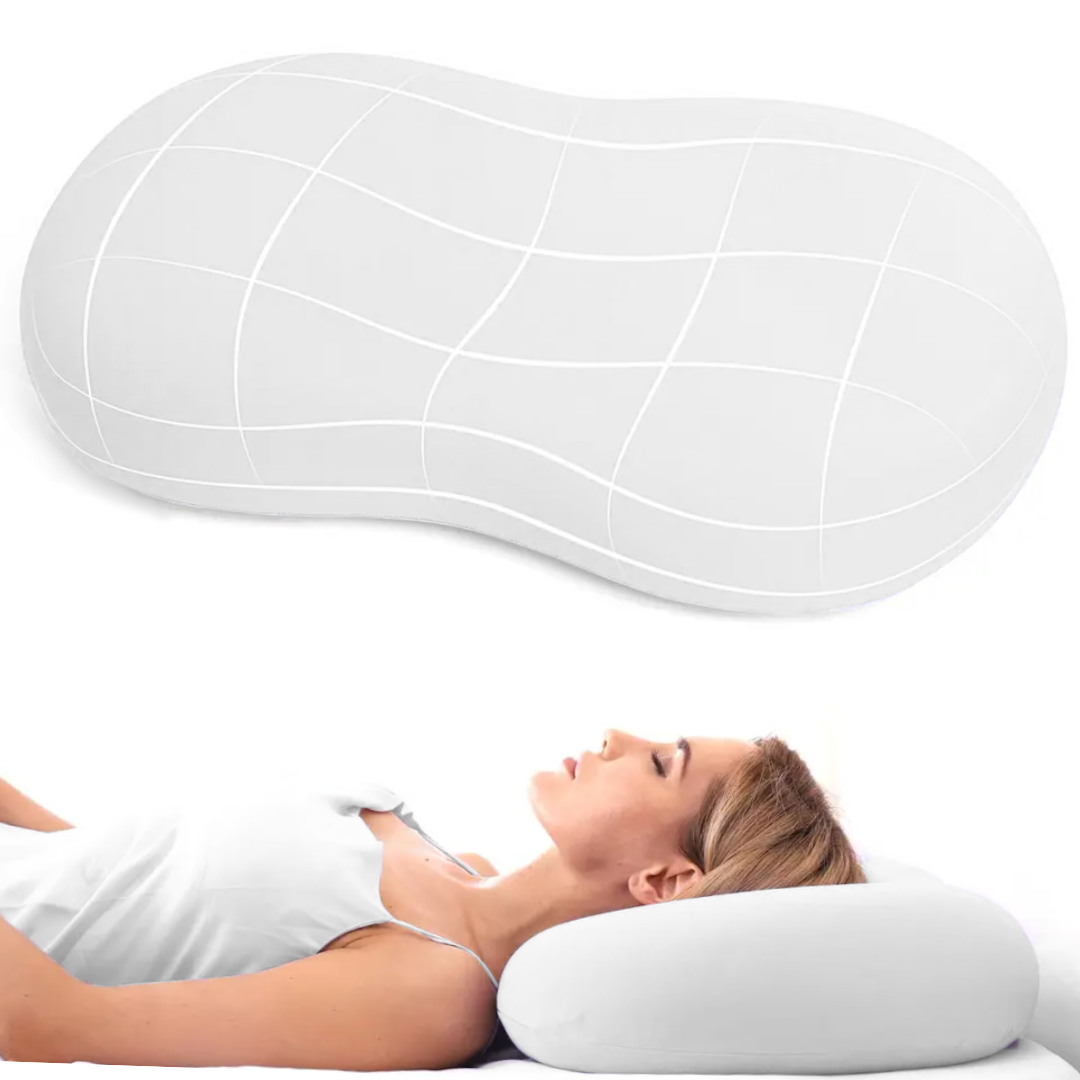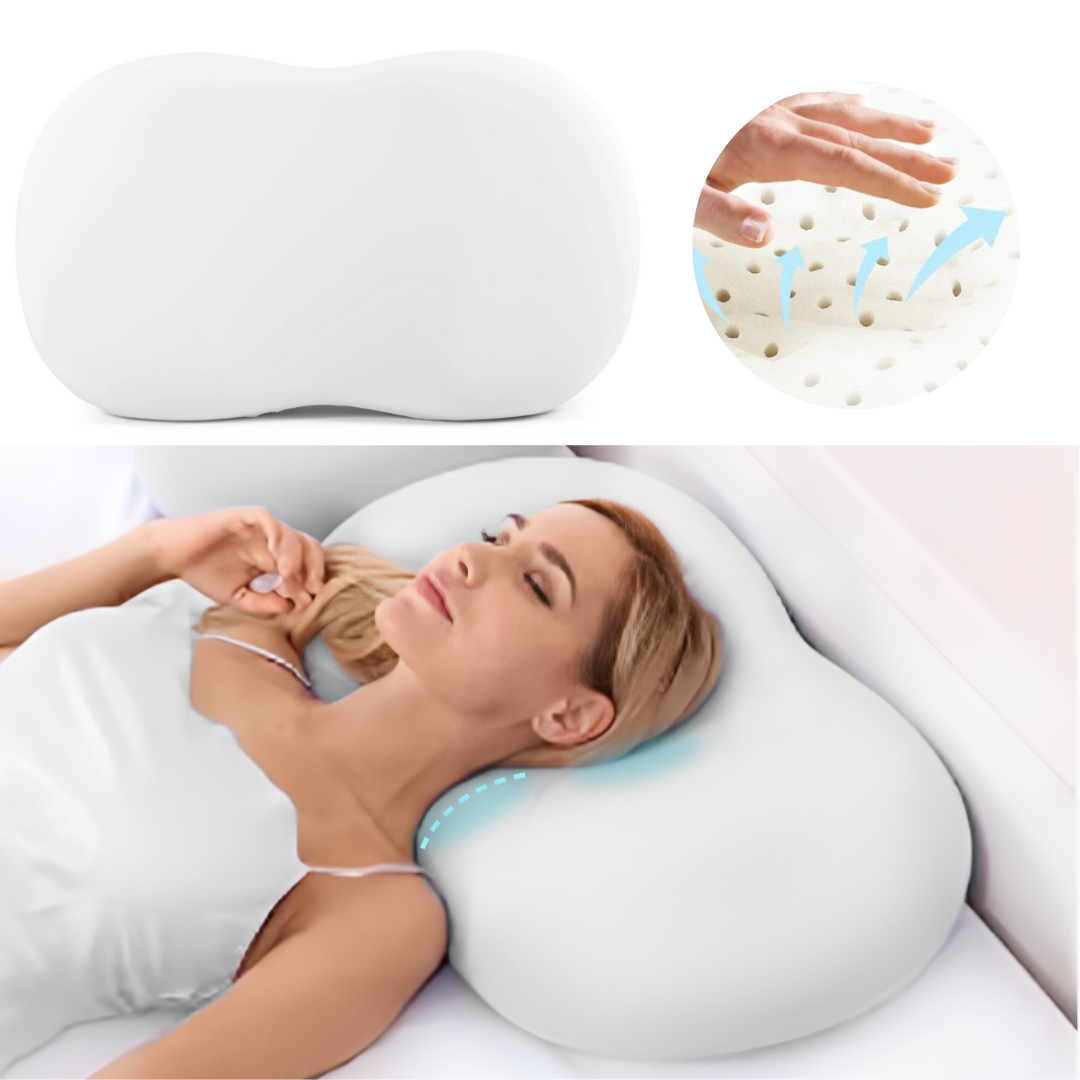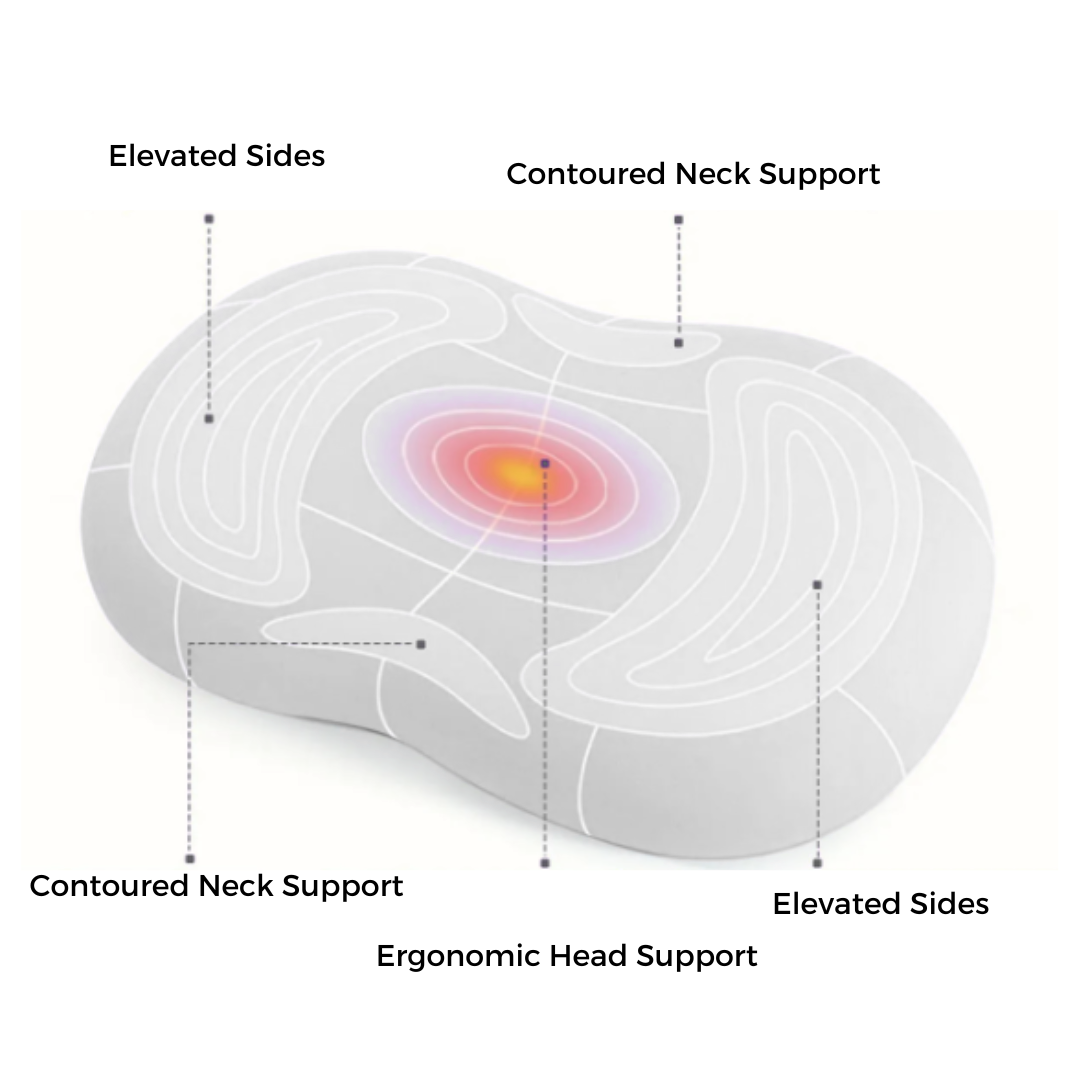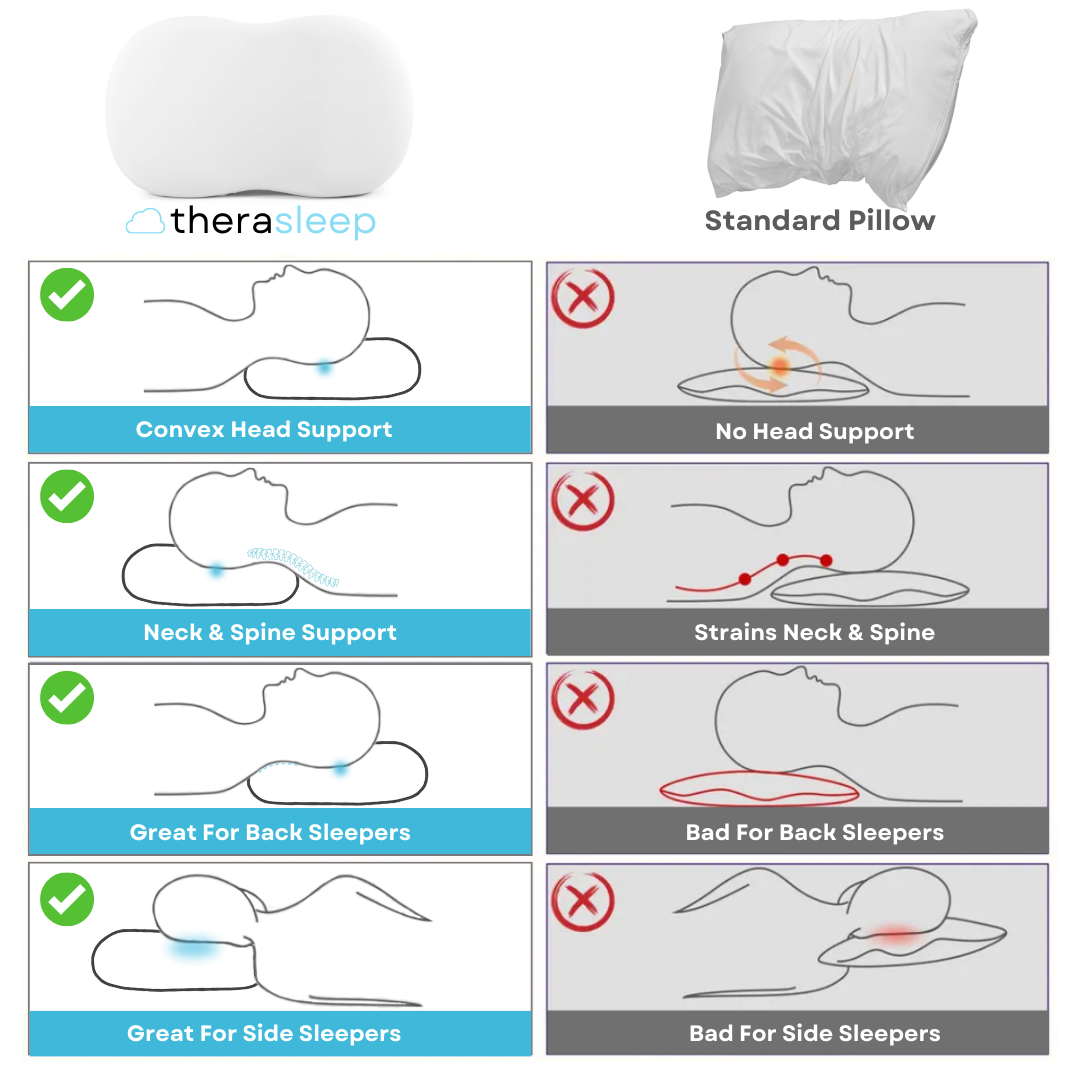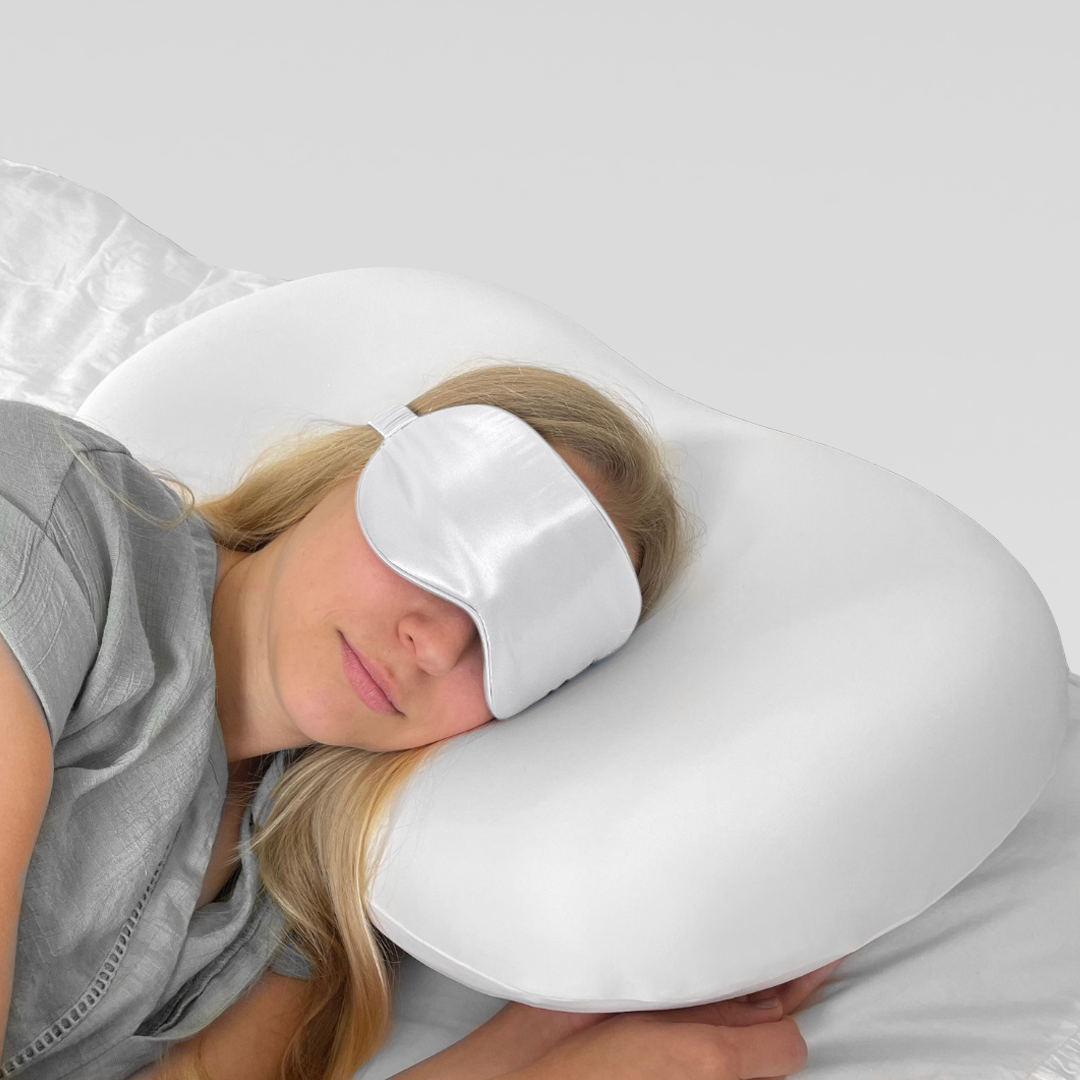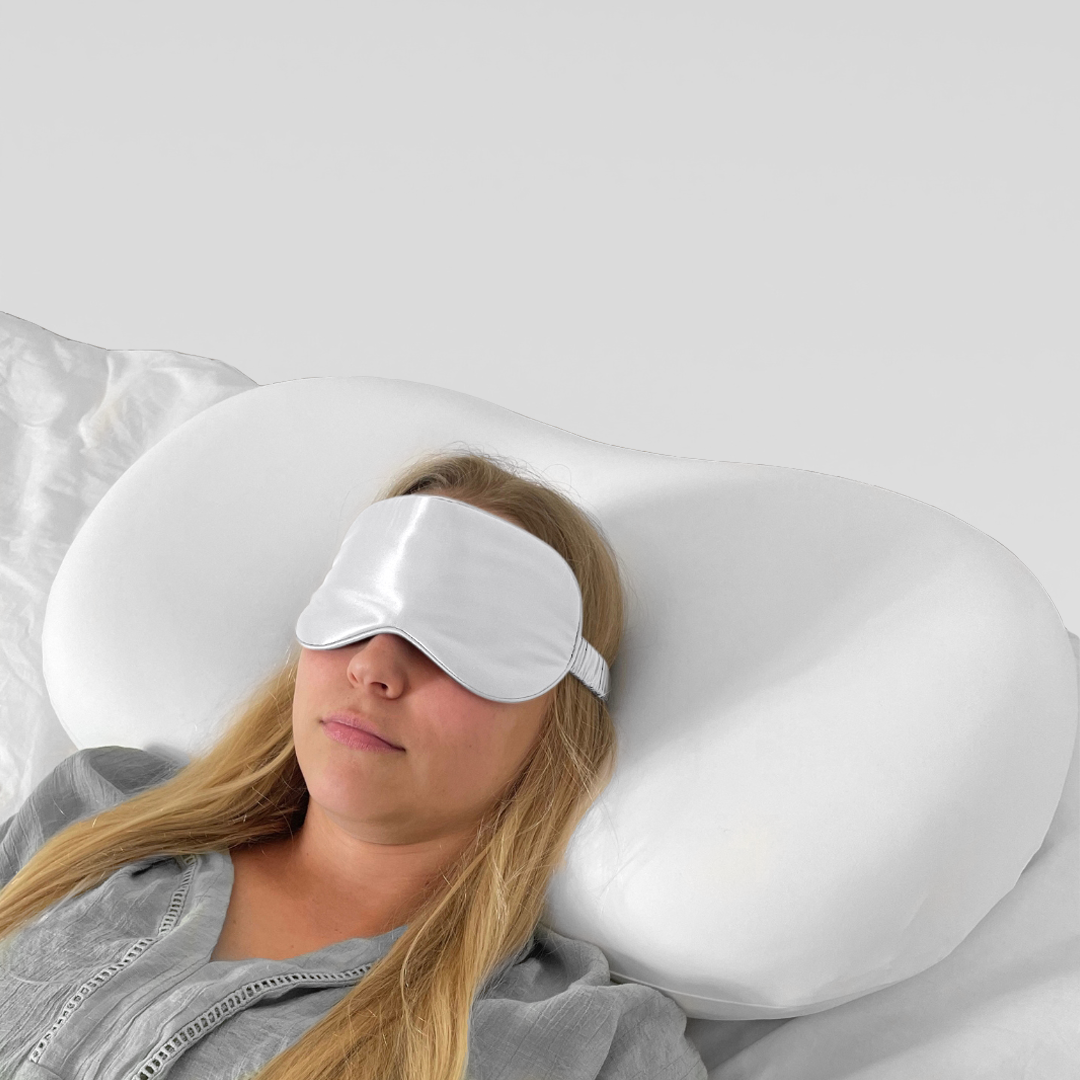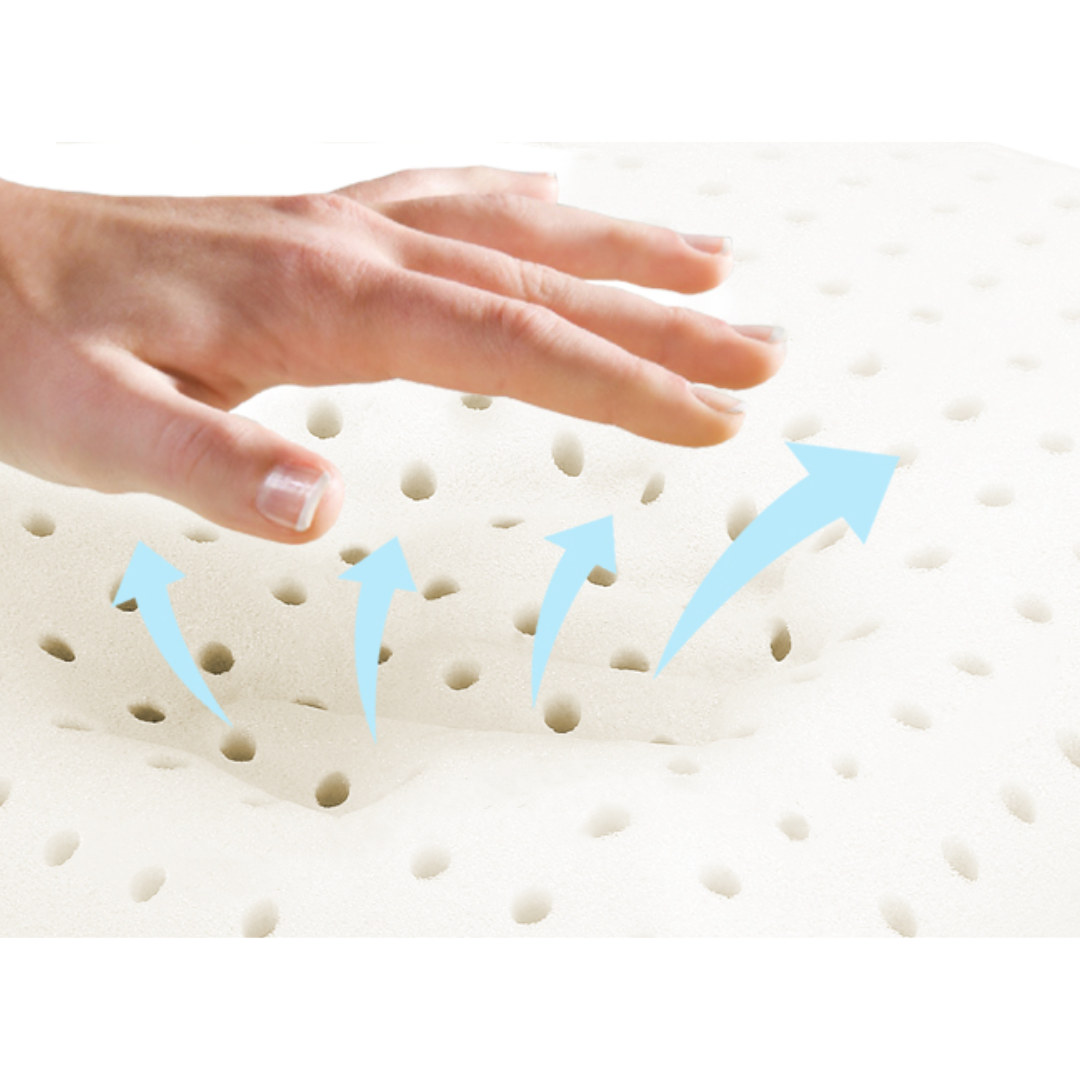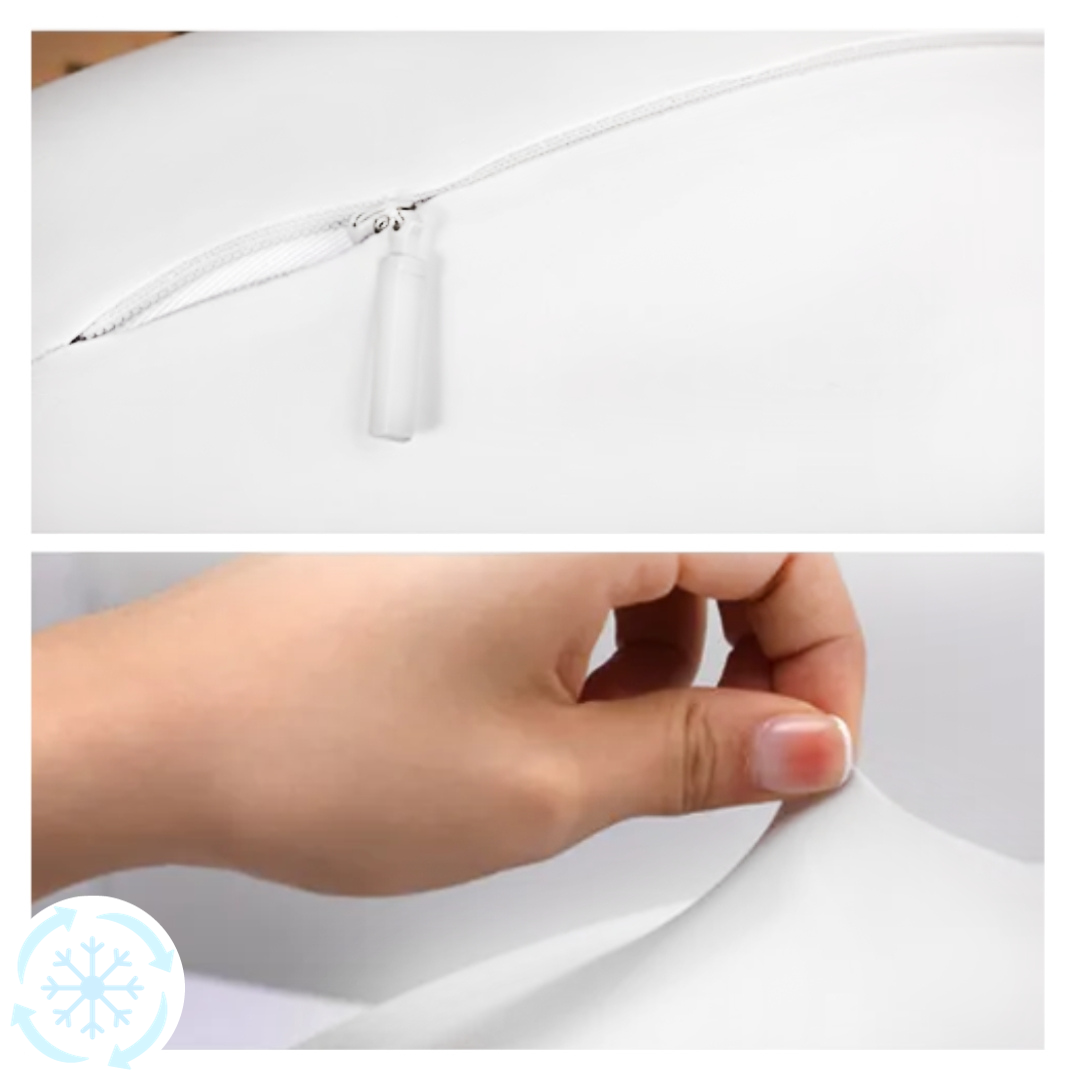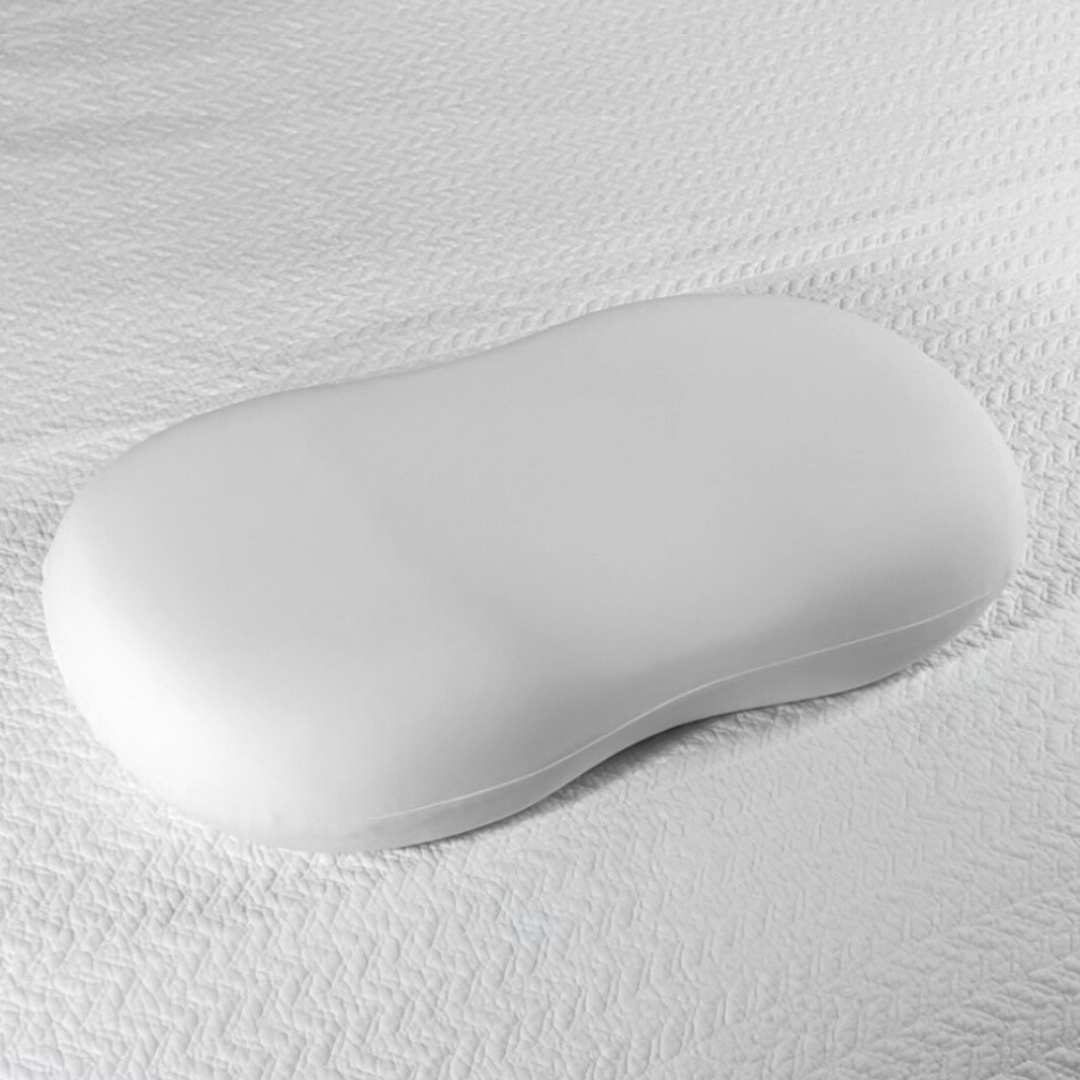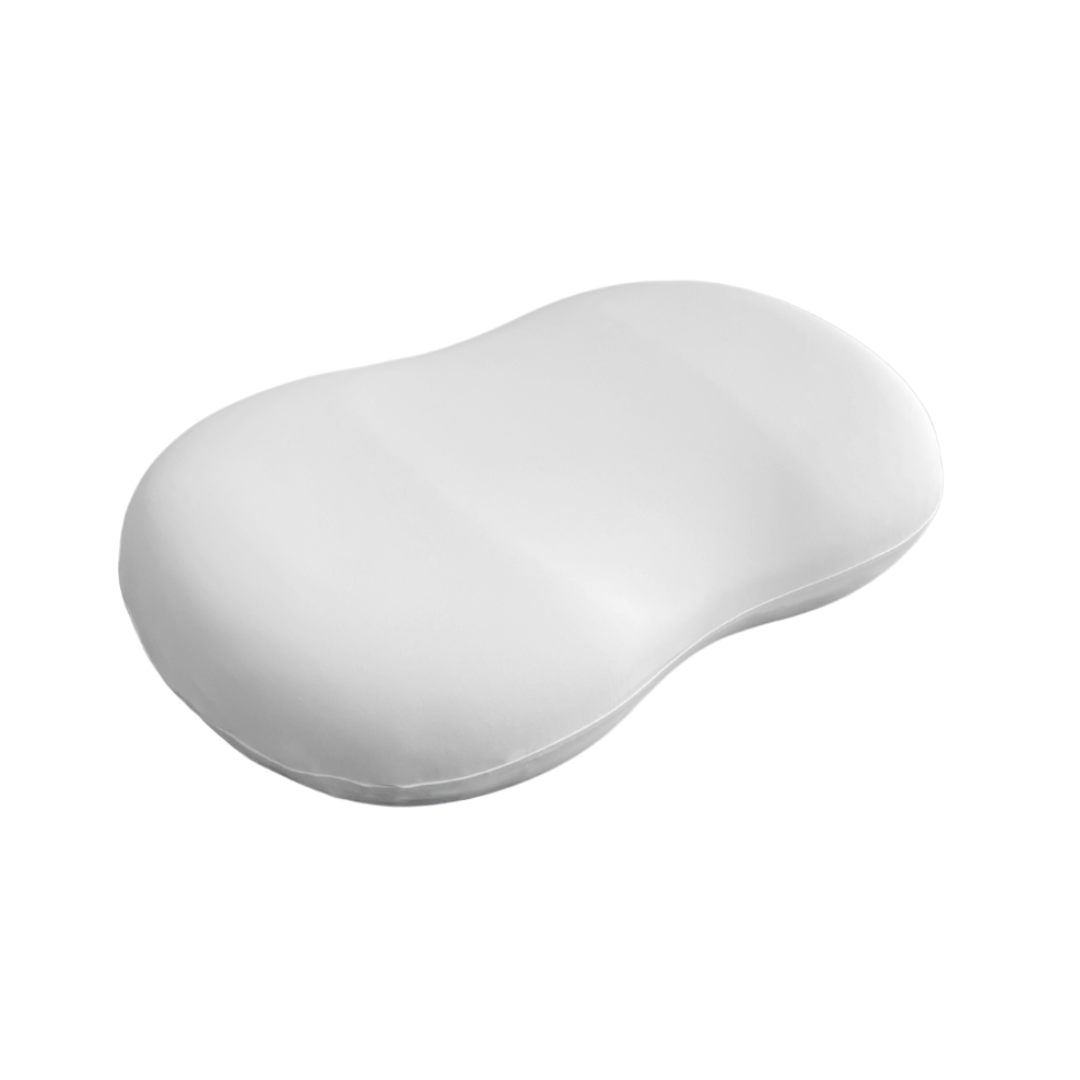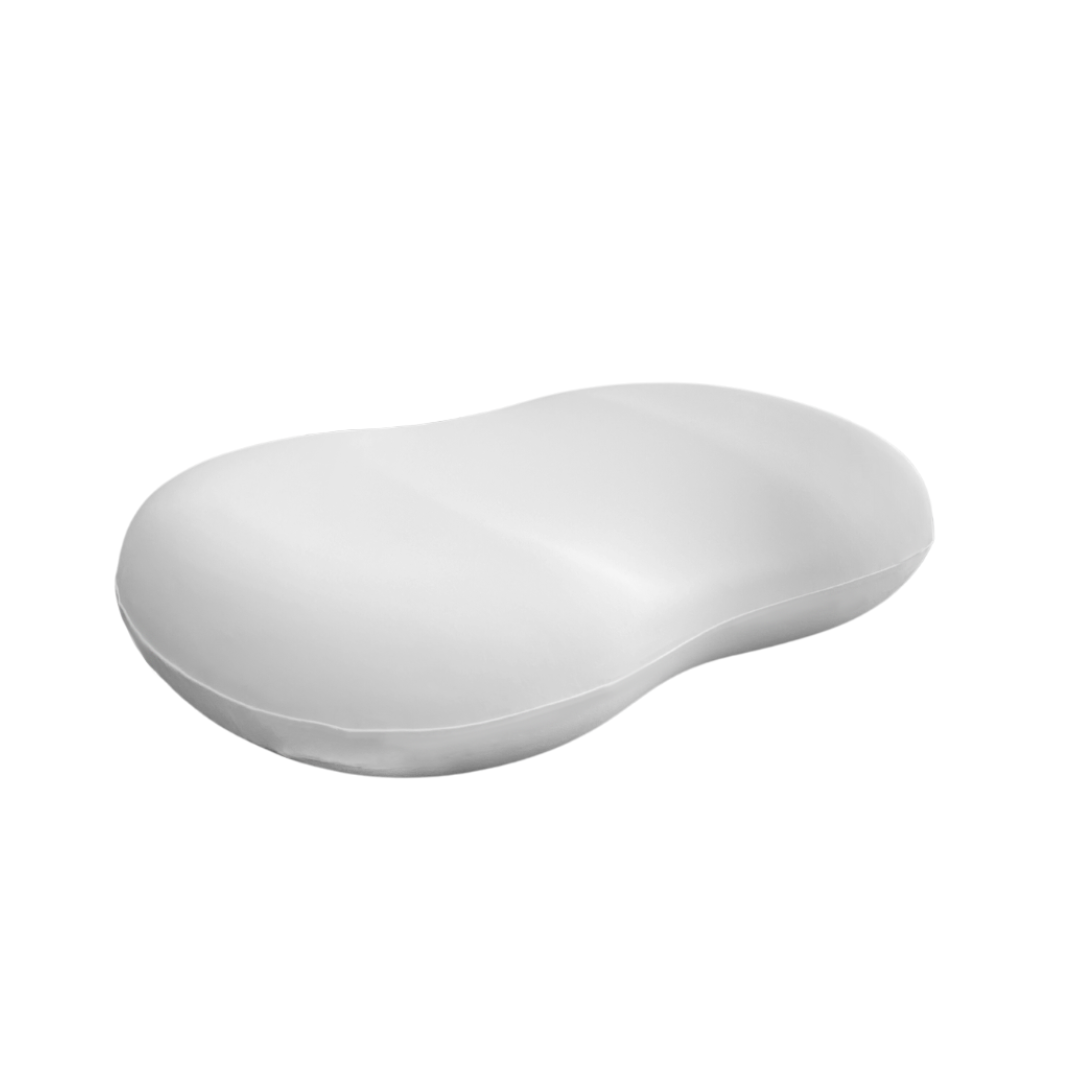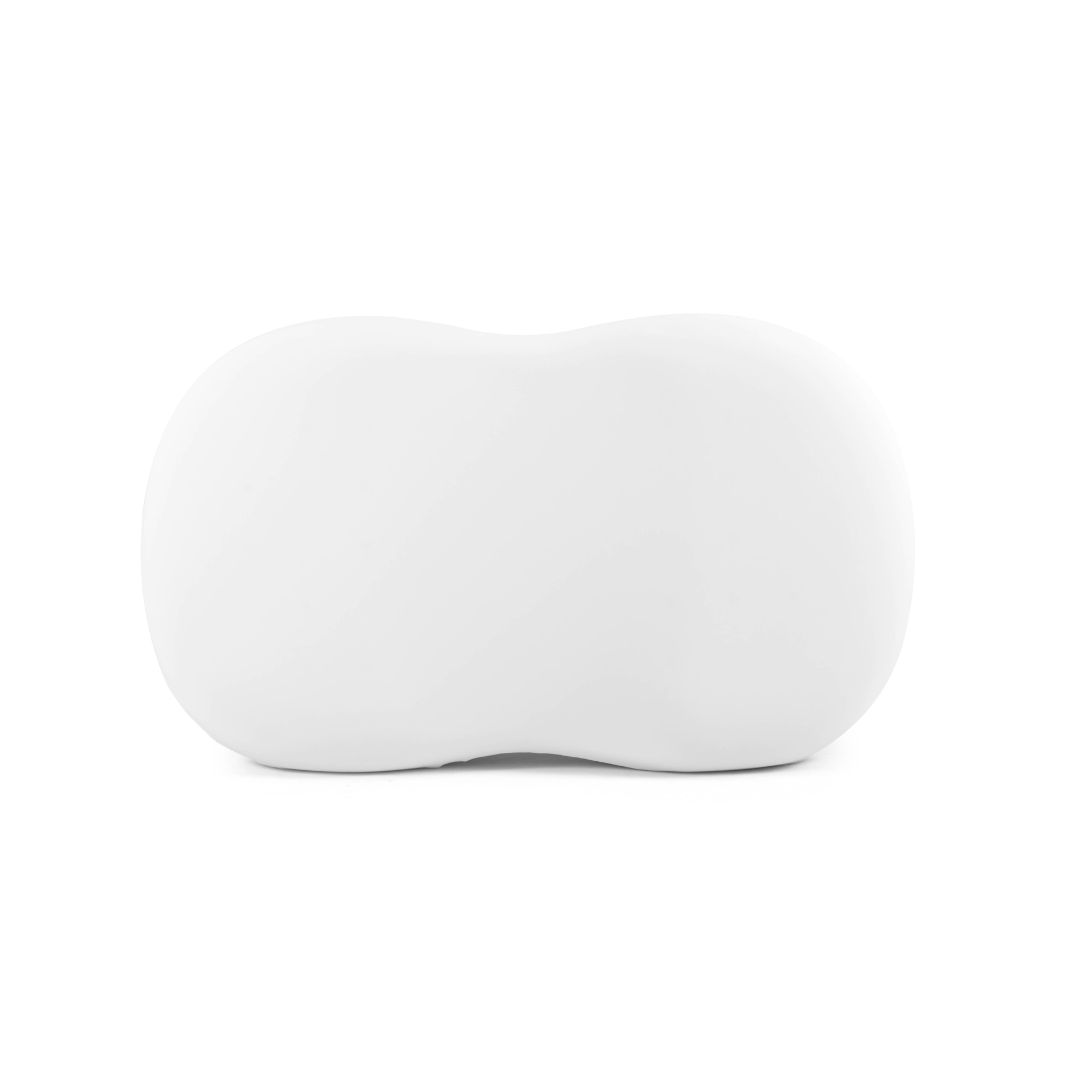Intro
Getting a deep and restful sleep can be the key to feeling energized and ready to take on the day. Unfortunately, this can sometimes be easier said than done. Fortunately, by utilizing ergonomic sleep tips, you can unlock the secret to achieving a deeper sleep and start feeling more rested. In this blog post, we’ll explore some of the best ergonomic sleep tips that you can use to get a better night’s sleep.
The Importance of Deep Sleep
Getting enough deep sleep is crucial for your overall sleep health. Deep sleep is the stage of sleep where your body repairs itself and rejuvenates. It plays a vital role in memory consolidation and cognitive function. Without enough deep sleep, you may experience daytime drowsiness, lack of focus, and increased risk of health issues. Achieving proper sleep posture is essential for promoting deep sleep. Using tools like a quality mattress or an orthopedic pillow that supports the natural alignment of your spine can help reduce discomfort and ensure a more restful sleep. Prioritizing deep sleep is key to feeling refreshed and ready to tackle the day ahead.
Common Issues That Affect Deep Sleep
There are several common issues that can negatively impact deep sleep and prevent us from getting the rest we need. One major factor is sleep disorders, such as insomnia or sleep apnea, which can disrupt the sleep cycle and prevent us from reaching the deep stages of sleep. Poor sleep practices, such as irregular sleep schedules or excessive use of electronic devices before bed, can also interfere with deep sleep. Additionally, discomfort or pain caused by an unsupportive mattress or pillow can make it difficult to get comfortable and enter deep sleep. By addressing these issues and seeking solutions, we can improve our sleep health and enhance our chances of experiencing deep and restful sleep.
The Ergonomics of Sleep
The ergonomics of sleep refers to the science of creating an optimal sleep environment and positioning the body in a way that promotes comfort and proper alignment. When it comes to sleep, ergonomics is about finding the best mattress, pillow, and sleep accessories that support the natural curves of the body and maintain the spine's alignment. It's also about adopting sleep postures that alleviate pressure points and reduce the risk of developing sleep-related issues. By understanding and implementing the principles of sleep ergonomics, you can optimize your chances of achieving deeper and more restful sleep.
Research shows, sleeping on your back, or side is the optimal way to sleep, especially when in conjunction with a quality mattress and orthopedic pillow. This is because, in these positions, the spine is more naturally aligned & supported, causing less pain and deeper sleep. Stomach sleeping may be comfortable for some, but overall, it is generally not recommended to achieve the optimal ergonomic sleep position.
Creating the Perfect Sleep Environment
Creating a conducive sleep environment is essential for achieving a deeper and more restful sleep. To create the perfect sleep environment, start by making your bedroom a sanctuary for sleep. Keep the room dark, quiet, and at a cool temperature, as these factors promote optimal sleep conditions. Invest in blackout curtains or an eye mask to block out any unwanted light, and use earplugs or a white noise machine to drown out any disruptive sounds. Consider removing electronic devices from the bedroom to minimize distractions and the temptation to use them before bed. Lastly, ensure that your mattress is comfortable, use a supportive pillow, and choose bedding that is soft and cozy. By creating a calm and inviting sleep environment, you can maximize your chances of getting deep and rejuvenating sleep.
Establishing a Relaxing Pre-Sleep Routine
Establishing a relaxing pre-sleep routine is a crucial step in preparing your body and mind for a deep and restful sleep. The activities you engage in before bed can significantly impact your sleep quality. To establish a relaxing pre-sleep routine, start by avoiding stimulating activities such as intense exercise or watching thrilling movies. Instead, opt for activities that promote relaxation, such as reading a book, practicing deep breathing or meditation, or taking a warm bath. It's also essential to limit your exposure to bright lights, including those emitted by electronic devices, as they can interfere with the production of melatonin, a hormone that regulates sleep. By adopting a calming routine before bed, you can signal to your body that it's time to unwind and prepare for a deep and rejuvenating sleep.




